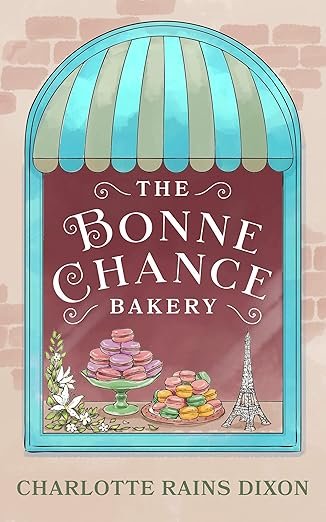Writing Exercise: The DaVinci Device
I learned the Da Vinci Device from one of my MFA mentors, Melissa Pritchard. (And let me note here, this was probably long before the dreadful novel The DaVinci Code came out and ruined the name.)
The DA Vinci Device forces you to write in the three different styles of description. Take an object or something from the natural world and describe it three different ways:
1. Objectively–In a strict journalistic fashion, ie, who, what, when, why, where, how, totally objective. These are concrete attributes you can see, smell, taste, etc. Here’s an example:
“It’s a small farm town in the San Luis Valley, down by the New Mexico border. High and dry, flat and windy, ringed by mountains—Sangre de Cristos to the east and south, San Juan, La Garita, and Conejos-Brazos to the north and west. White frosted in winter, dirt brown in spring, green in summer. The cottonwoods that it’s named for turn gold in autumn, and the air is thick with the damp earth smell of potatoes, piled at the edges of fields, stacked in bins and boxes, truckloads and railroad cars full.” (Judith Ryan Hendricks, Isabel’s Daughter).
2. Figuratively or Metaphorically—what does it look like? What does it remind you of? The house looked like a ship docking, etc.
“Even our father is pressed into dancing, which he does like a flightless bird, all flapping arms and potbelly.” (Michael Cunningham, White Angel).
3. Abstractly—relating it to the emotion you feel when you see it. Poetry is full of abstract description, relating an object to a quality apart from itself. Example:
“And Dawes was restless because it was August, and August wasn’t a month, it was a short afternoon, an executioner leading directly, without jury, and finally toward the school where they chained him to dull rooms…” (Dow Mossman, The Stones of Summer).
Here’s a brilliant descriptive passage that uses all several different kinds of description:
“The daughters march behind her, (concrete) four girls compressed in bodies tight as bowstrings, (figurative) each one tensed to fire off a woman’s heart on a different path to glory or damnation. (abstract).” (Barbara Kingsolver, The Poisonwood Bible).
This is a wonderful way to train yourself not only to describe things in different ways but to teach yourself to see.
So here’s your exercise: Take an object and practice The DaVinci Device on it. 10 minutes. Go.
Once you get used to doing this, you can do it all the time to keep your description muscle sharp.
